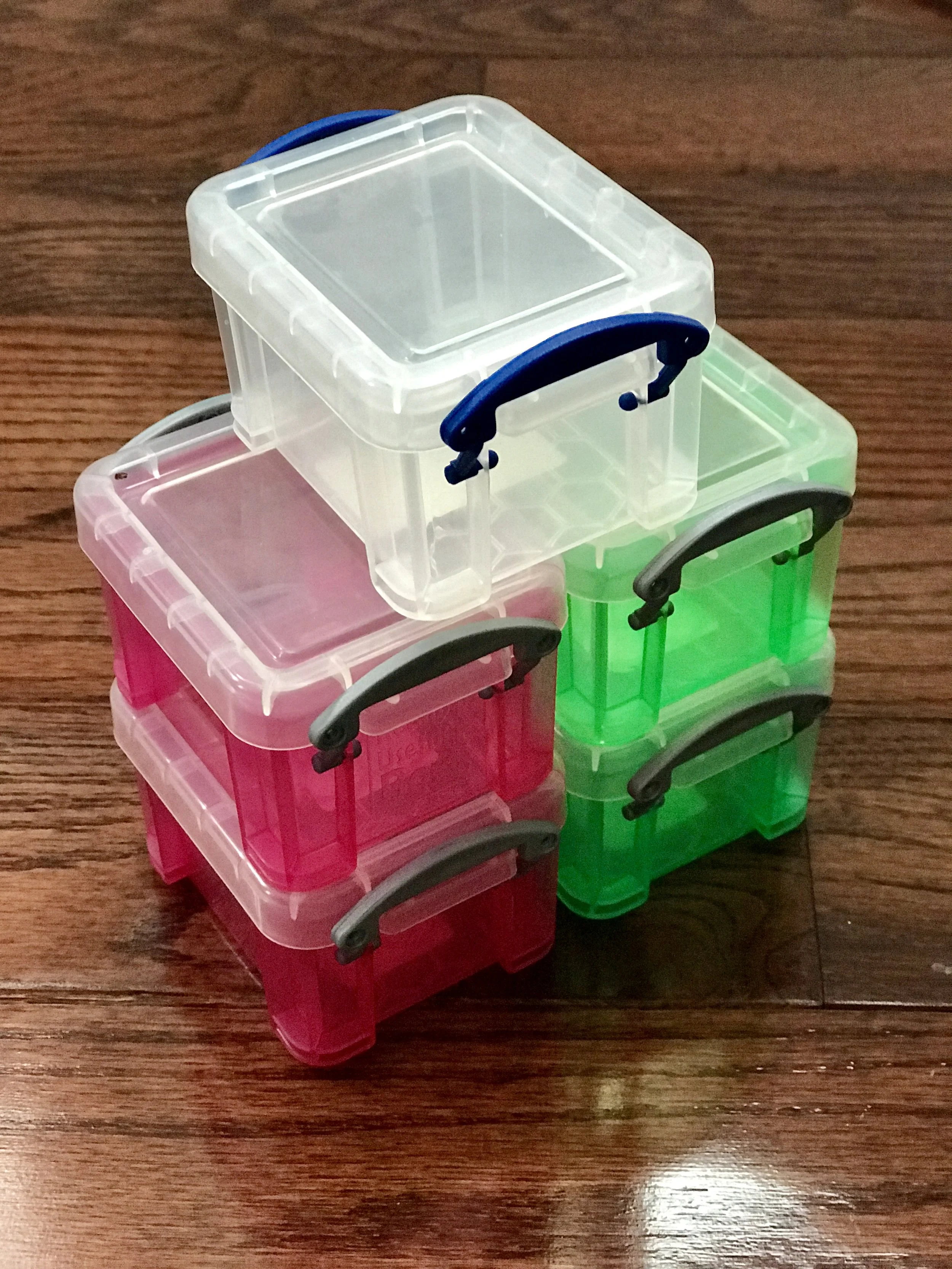With most school buildings still closed, kids will have to continue learning virtually and stay at home for a much longer period, especially if they live in areas where lock-downs are being implemented. Given their seemingly boundless energy, it’s easy to assume that kids will be bored being stuck at home longer than they ever expected. Then again, that doesn’t have to be the case. You can keep your kids occupied with activities the entire time. You can arrange for playtime, screen time, and most importantly, chore time to give them things to do while quarantined. An easy way to delegate chores is by using a chore app for kids, especially if you’re getting them to do chores as a way of teaching them about money management.
Before you can organize your kids’ chores, you will need to get them to agree to do them first. Without a doubt, many children would not be too keen on doing household tasks. If your kids like doing chores, then you can consider yourself fortunate. If they don’t, then you still have to get them to help out just the same simply because chores teach them responsibility, self-reliance, and money management skills if you’re giving them an allowance for tasks they do. Many kids may not be too enthusiastic about chores, but the life skills they learn from doing them today will help them later in adult life, and they could only appreciate your helping them out in that regard.
When assigning your kids tasks around the house while in quarantine, always keep in mind that they all should be age-appropriate. For 4 to 5-year-olds, age-appropriate tasks would include folding towels, wiping surfaces, dusting, and sorting laundry. Meanwhile, kids ages 6 to 8-years old can already do more labor-intensive tasks like sweeping the floor, watering the plants, and cleaning their room. More complex tasks like loading and unloading the dishwasher, making easy-to-prepare meals, raking the yard, and changing bed sheets are ideal for 9 to12-year-old children. Teenagers can do any of the above, as well as mowing the lawn, washing the car, preparing full meals, doing the laundry, and most other grown-up household tasks.
There is no better way to organize the tasks you expect your children to do than create a chore chart. With a chore chart, you should be able to list all tasks that need doing and break them down into individual lists for your kids, primarily according to their ages. You can set easy-to-follow schedules and deadlines, and if you’re giving them an allowance, a chore chart can also make tracking the money they make easier. Some parents go for printable chore charts and post them somewhere in the house for everyone to check on a daily basis. However, considering how tech-savvy children these days are, chore apps for kids can offer an easier way of creating and managing chore charts, especially if they receive an allowance for completed tasks.
Aside from making it easier to give out tasks and set schedules and deadlines, a kid’s chore app also gives parents full control when assigning a monetary value to every single chore and transferring funds to their kids’ accounts. All they have to do is check the app for a given chore, complete the task, and tap it as complete on their dashboard. The beauty of these apps is that they also teach kids financial skills like saving, investing, and giving to charity. The benefits they receive from doing well-organized chores during the quarantine, can help make the situation more bearable and manageable.
I hope these ideas help your quarantined space to BLOOM in Maryland and beyond. A special thank you to Samantha Green, Content Marketing Strategist for BusyKid, for this wonderful guest blog post.









